Inside the Alaska Town Where They Go Two Months Without Seeing the Sun (Exclusive)
Teacher Robin Reeves has been documenting her time in Utqiaġvik, Alaska, including the two months of darkness, on TikTok
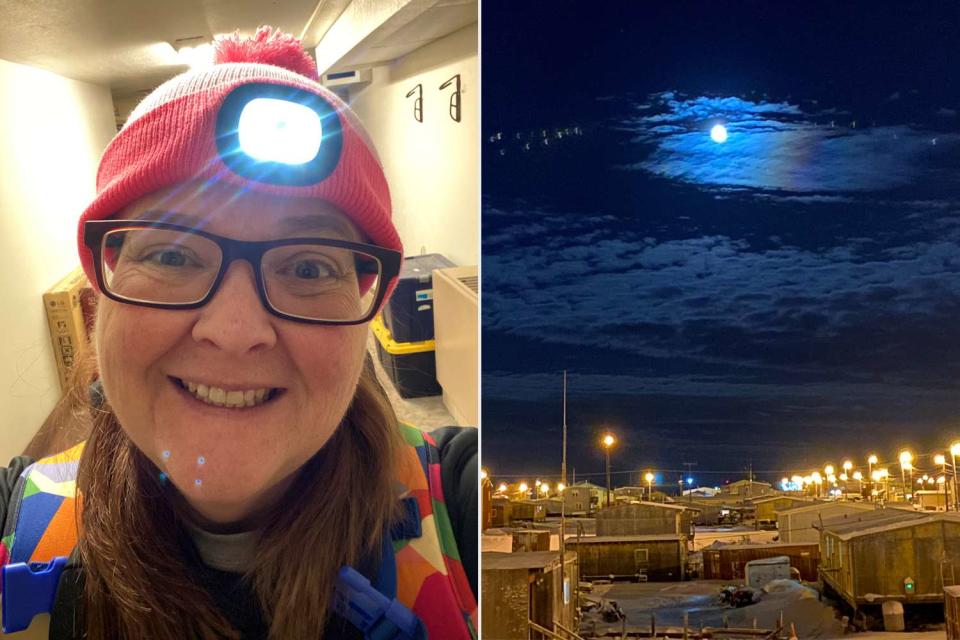
Courtesy of Robin Reeves
Robin Reeves sports a head lamp while living in Utqiaġvik, AlaskaRobin Reeves first moved to Utqiaġvik, Alaska, in 2022, after retiring from a career in education in Arkansas.
As one of the most northern points in the United States, Utqiaġvik experiences two months with no sun over the winter months due to a phenomenon called polar night.
Beginning in November, Reeves started giving glimpses into what its like living with no sun over TikTok — and opened up to PEOPLE about how she's managed.
After two months without it, the sun finally made its return to an Alaskan town on Jan. 23.
The residents of Utqiaġvik, Alaska, formally known as Barrow, Alaska, had not seen the sun since late November — a yearly phenomenon called a polar night.
Robin Reeves, a teacher who first moved to the region in 2022 from Arkansas after retiring from education earlier that year, has documented what it's like to live in one of the most northern points in the United States on her TikTok account @theliberrylady. When she first arrived for a seven-week-long term substitute teacher role, it was her first time in the state.
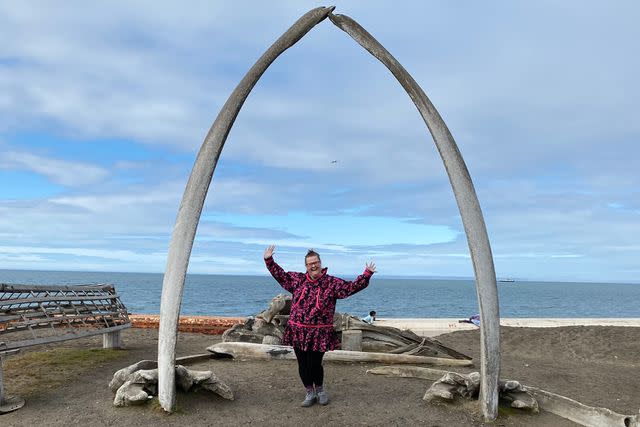
Courtesy of Robin Reeves
Robin Reeves poses at the Whale Bone Arch in Utqiaġvik, Alaska“My very first Alaskan experience was living on the North Slope with a view of the Arctic Ocean from my apartment window,” she tells PEOPLE.
After that first job, she was asked if she wanted to return for a full year and accepted.
“I had an amazing time and loved everything up here except for the price of groceries and restaurant food,” Reeves says while also admitting to missing her husband, Blaine, who stayed back home to care for his father.
“I FaceTime with him almost every day,” she says. “He’s amazing for encouraging me on this crazy adventure.”
On Nov. 19, Reeves began documenting this year's sun-less stint with videos showing the view from her apartment or the school and sometimes accompanied by the day’s temperature which on Jan. 22 was as low as -22 degrees with a windchill of -44, she wrote.
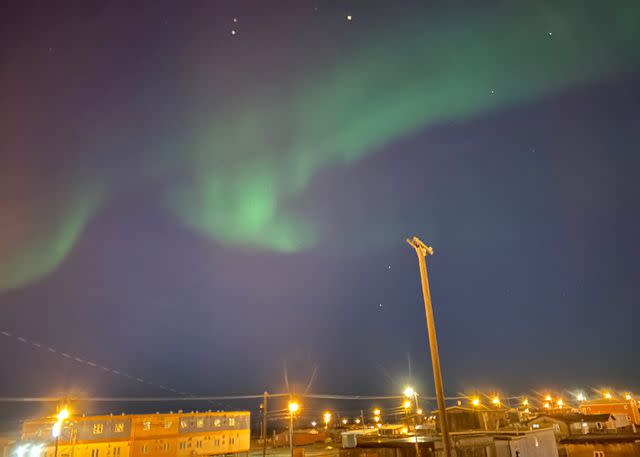
Courtesy of Robin Reeves
Views of the Northern Lights from Robin Reeves' apartmentIn dealing with the subzero temperatures, Reeves gives credit to her age for helping to make it all more manageable.
“Being a woman of a certain age,” she says, referencing menopause, "hot flashes are actually an advantage up here! I would have one and go outside and it [would] just be instant relief!”
As far as a typical weekday, Reeves says she wakes up around 6 a.m. and turns on all the lights in her apartment as she gets ready before another teacher arrives to pick her up for their drive to school. In addition to teaching K-5 P.E., she also helps out with an after school program, tutoring and coaching a Junior Native Youth Olympic team for children ranging between first and sixth grade in the district.
“I don’t feel like I’ve had a hard time during the darkness. I’m in school most of the day in a room with very bright lights and surrounded by kids,” Reeves says, explaining that she finds it more difficult when they experience 24 hours of sunlight, which happens for much of the summer months from May-August, per Travel Alaska.
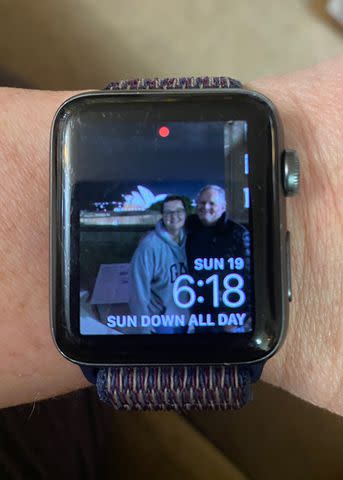
Courtesy of Robin Reeves
Robin Reeve's watch reading "sun down all day"Reeves says toward the end of the two-month period, she begins to notice “more twilight/predawn skies,” admitting she was “surprised at how happy I was to recognize that the sun was really going to come back."
Though the sun does not officially rise during this time, there are periods during the day in which residents will see what is called civil twilight.
“Think of what the sky looks like just before sunrise, or just after sunset," CNN meteorologist Allison Chinchar explained.
When Reeves first made the move more than a year ago, she did so without knowing a single person in the area. Now, she says, she has a group of friends who live in her building which “makes living on top of the world a great place to be.”
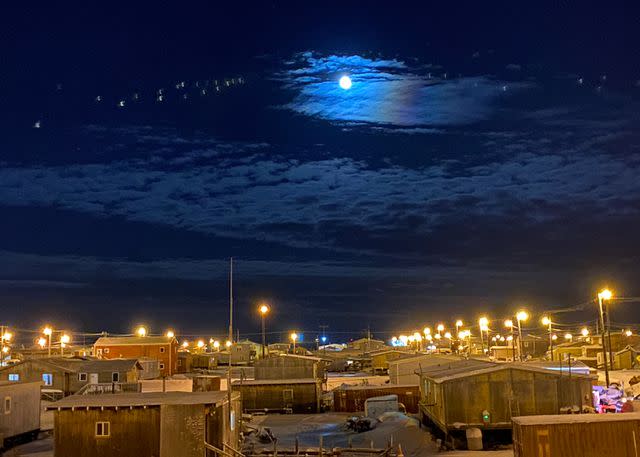
Courtesy of Robin Reeves
A view of Utqiaġvik, Alaska from Robin Reeve's apartment.While she missed the return of the sun last year, this year Reeves was able to participate in a zoom session hosted by Iļisaġvik College who led a dance to welcome back the sun. Her kindergarteners joined in the dance wearing headbands with suns on them.
"They were so cute!," she says.
In a video shared to TikTok on Jan. 24, Reeves said that while the sun did return, she wasn't able to see it due to cloudy skies.
"I did get some video today of how bright the sky is when the sun is up," she says in the clip. "We didn't even have an hour of sun today but it will keep increasing each day until we hit 24 hour sunshine."
Looking ahead, Reeves tells PEOPLE that while it’s not yet “Facebook official,” she has signed a contract to return next year as well.
“While I miss my husband — and banana puddin’ from Central BBQ — ,” she says shouting out the southern chain, “I am having an amazing time up here. It’s not wonderful every day, but that’s real life.”
For more People news, make sure to sign up for our newsletter!
Read the original article on People.

